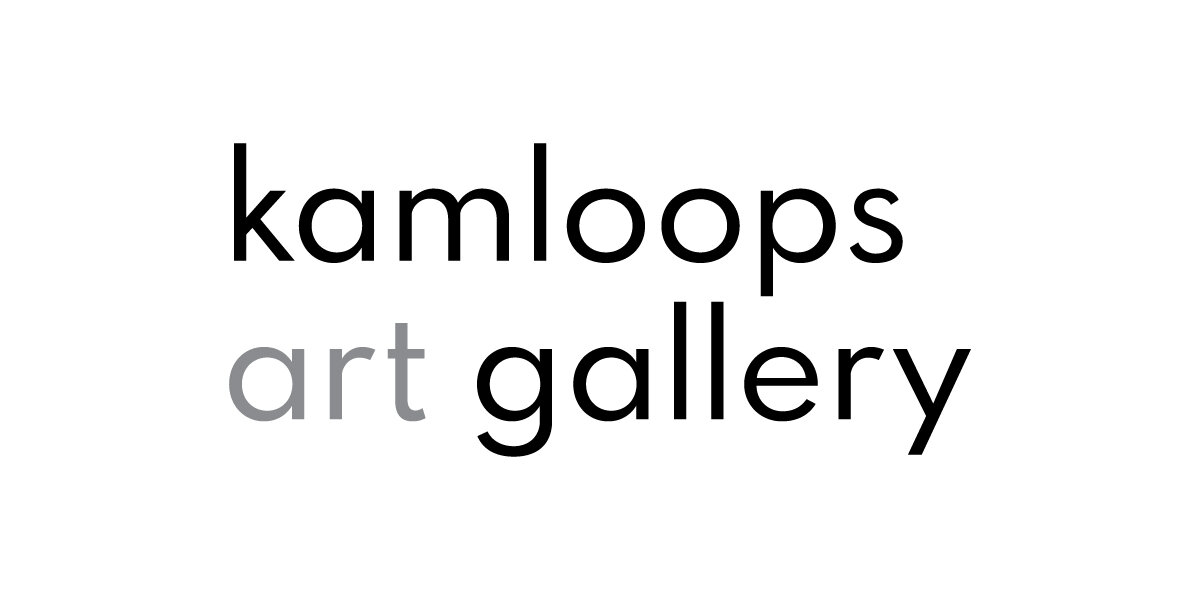Print n’ Tint Photo Transfers
SCHOOL PROGRAM LESSON PLAN – 7 to 9
Print n’ Tint Photo Transfers
Final Project Description:
An inkjet photo transfer of a forest scene on rag paper, tinted with watercolor and watercolour pencil for atmosphere.
Description:
Students will create a collaged forest scene, layering images of the woods to create density using the packing tape transfer method. Areas will be selectively tinted, mirroring George Raab’s photo etching techniques.
Theory:
Students will (taken from the BC Curriculum PLOs):
- manipulate selected materials, technologies and processes to create images
- create images using the principle of unity to produce a variety of effects
- use a variety of image sources to create emotions and images
- apply visual elements in a coherent way
- personalize ideas and information
- explain relationships among ideas and information
Creation & Analysis:
- Revisit and reference Raab’s work. Explain the major shifts in printmaking that he has witnessed and incorporated over time - explain the etching process and how digital technology has simplified many processes that were once done by hand, similar to photography. Explain the labor intensiveness of Raab’s practice. Why might he be interested in this process? Explain the difference between a print and a reproduction. Refere to the interview between Raab and Jann in the instructor files for his opinion on technology in art.
- Introduce the activity. We will create a simple approximation of Raab’s print techniques using inkjet printed images from various sources. Explain that we will create our own photo scenes, finishing our compositions with watercolour “tinting” instead of traditional printing techniques.
- Explain how to layer packing tape over print outs. Turn the photocopy over and burnish the back with a wooden spoon to completely transfer the ink. Spray the back of the photocopy with water and rub the paper off the back to reveal the transfer. You can now stick the transfer to a working surface.
- Before sticking down, have students use watercolour and watercolour pencils to selectively tint and colour the background the transfer will go down on. The tape will seal the background, so be sure to hold off until all design decisions have been made. Students can “look through” the transfer and move it around the background in order to approximate where background pigment should go. Transfers can also be cut out and selectively layered to create depth and density.
- Cut out final work and mount on coloured cardstock to complete the project.
Duration:
60 minutes in the studio – 10 mins on approach, 5 mins explaining how to achieve different effects, 40 mins on project, 5 mins for wrap up and possible discussion or look at other’s work to end class.
Materials:
Inkjet prints in file folder
Rag paper
Packing tape
Water and watercolour paint, watercolour pencils
Fine brushes
Palettes
Paper towel to blot with
Glue sticks
Wooden spoons
Scissors
Spray bottles
Look & Discuss:
-HAVE STUDENTS PUT THEIR NAMES ON THEIR work! This is important.
How has this activity made them more aware of printmaking as a medium? Can they tell the difference between reproduction and print?
Prep:
-Layout paper, palettes, brushes, watercolour paint and pencils
-Cut paper to size
-Have spray bottles or tubs to the side
-Layout spoons, glue and cardstock
-Rags for clean up
Take it further:
Ask students to look at each other’s work at the end of class to see how other students approached their project. How are they similar? How are they different? How has this activity made them consider the process of printmaking in the digital age? Are there other ways they can think of to transfer found images?
